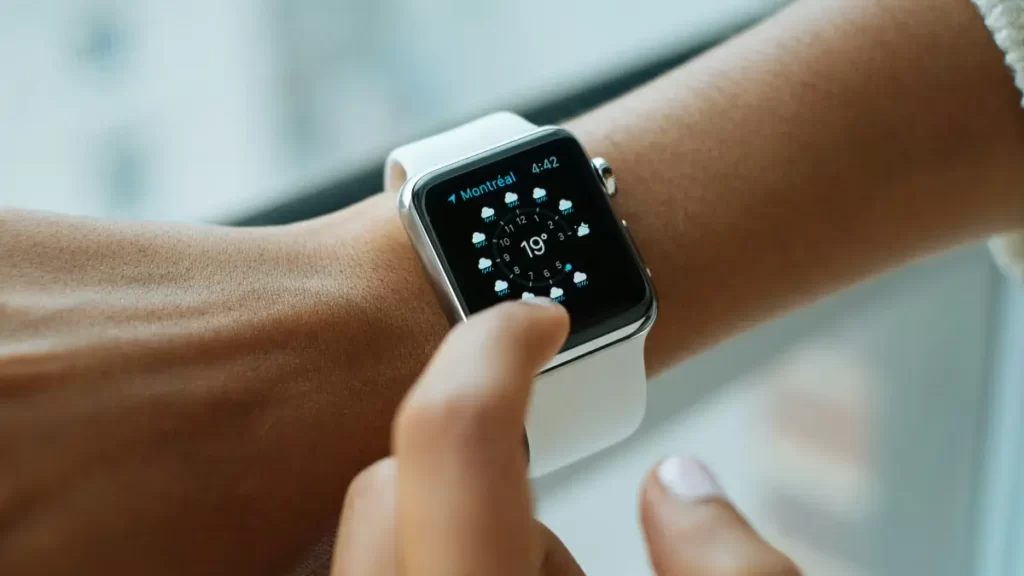Apple announced the removal of a blood oxygen monitoring feature from two flagship Apple Watch models in the US as the iPhone maker engages in a legal battle over patents on the technology. Analysts had anticipated Apple to eliminate the feature, marketed for fitness purposes, rather than withdraw devices from sale in one of its largest markets.
The company stated that Apple Watch Series 9 and Ultra 2 models without the feature would be available for purchase on its website and in stores, starting at 6 a.m. Pacific Time (14:00 GMT) on Thursday. Following the US Court of Appeals for the Federal Circuit’s ruling, Apple shares closed 0.5% lower at $182.68, indicating the impact of the legal dispute with medical technology company Masimo.
Masimo Secures ITC Decision to Halt Device Imports
In December, the US International Trade Commission (ITC) granted Masimo the decision to stop importing the devices. Counterpoint Research notes that Apple Watches account for about a quarter of the global smartwatch market. Masimo’s founder and chief executive, Joe Kiani, emphasized in a statement that Wednesday’s court ruling affirms that even the largest and most powerful companies must respect the intellectual rights of American inventors and face consequences for infringing others’ patents.
Apple strongly disagreed with the ITC decision and the resulting orders, asserting that they should be reversed.
Existing Apple Watches remain unaffected by the orders, as do devices sold outside the United States. However, Series 9 and Ultra 2 models sold in the US from Thursday will retain an app icon for blood oxygen features. Users tapping these icons will be informed that the features are unavailable.
Apple Watch’s Legal Battle and Sales Impact
Chief executive of analyst firm Creative Strategies, Ben Bajarin, anticipated Apple to disable the blood oxygen features on its Series 9 and Ultra 2 Apple Watch models in the U.S. instead of ceasing the sale of the wearable devices. While Apple doesn’t disclose specific Apple Watch or U.S. sales figures, approximately 42% of its overall revenue came from North America last year.
Although Apple Watch sales are smaller compared to the flagship iPhone, the device plays a pivotal role in the company’s wearables sales segment, contributing $39.84 billion to Apple’s overall $383.29 billion in sales for fiscal 2023. The import ban on Series 9 and Ultra 2 Apple Watches by the ITC briefly went into effect on Dec. 26. The Federal Circuit lifted the ban on Dec. 27, considering Apple’s request for a long-term pause, and Apple resumed sales of the smartwatches later that day.
Masimo has accused Apple of hiring away its employees and stealing pulse oximetry technology for use in Apple Watches. The ITC, responding to a Masimo complaint, prohibited imports and direct Apple sales of Apple Watches that read blood-oxygen levels.
Before Christmas, Apple ceased selling its latest Series 9 and Ultra 2 watches in the US until the appeals court’s temporary pause. However, the devices remained available from other US retailers, including Amazon.com, Best Buy, Costco, and Walmart.
Apple’s Legal Maneuvers and Wearables Revenue Report
Apple requested the Washington-based Federal Circuit to maintain the hold on the ban throughout the appeals process, which is expected to span months. The company argued that it is likely to succeed in its appeal and that enforcing the ban would cause harm to Apple, its suppliers, and the public.
The commission countered, stating that Apple’s arguments “amount to little more” than a patent infringer seeking permission to continue infringing. Apple introduced a pulse oximeter feature in its smartwatches since the Series 6 Apple Watch in 2020 and has countersued Masimo for patent infringement, characterizing Masimo’s legal actions as a strategic move to clear a path for its own competing watch.
In its report, Apple highlighted that its wearables, home, and accessory business, encompassing products like the Apple Watch and AirPods earbuds, generated $8.28 billion in revenue during the third quarter of 2023.
Also Read: Tata Punch EV Launched at Rs 10.99 Lakh, Know the Key Features
